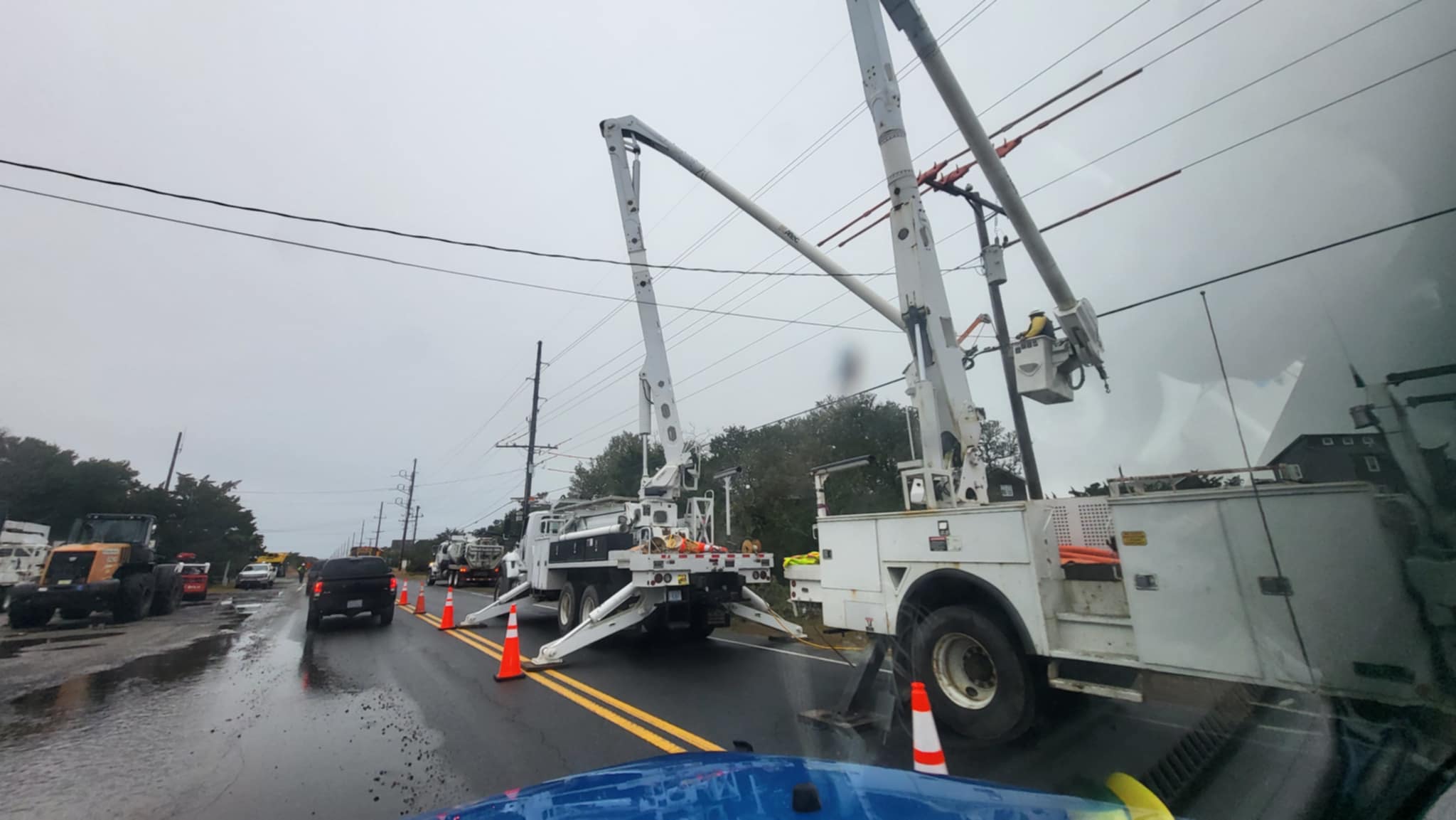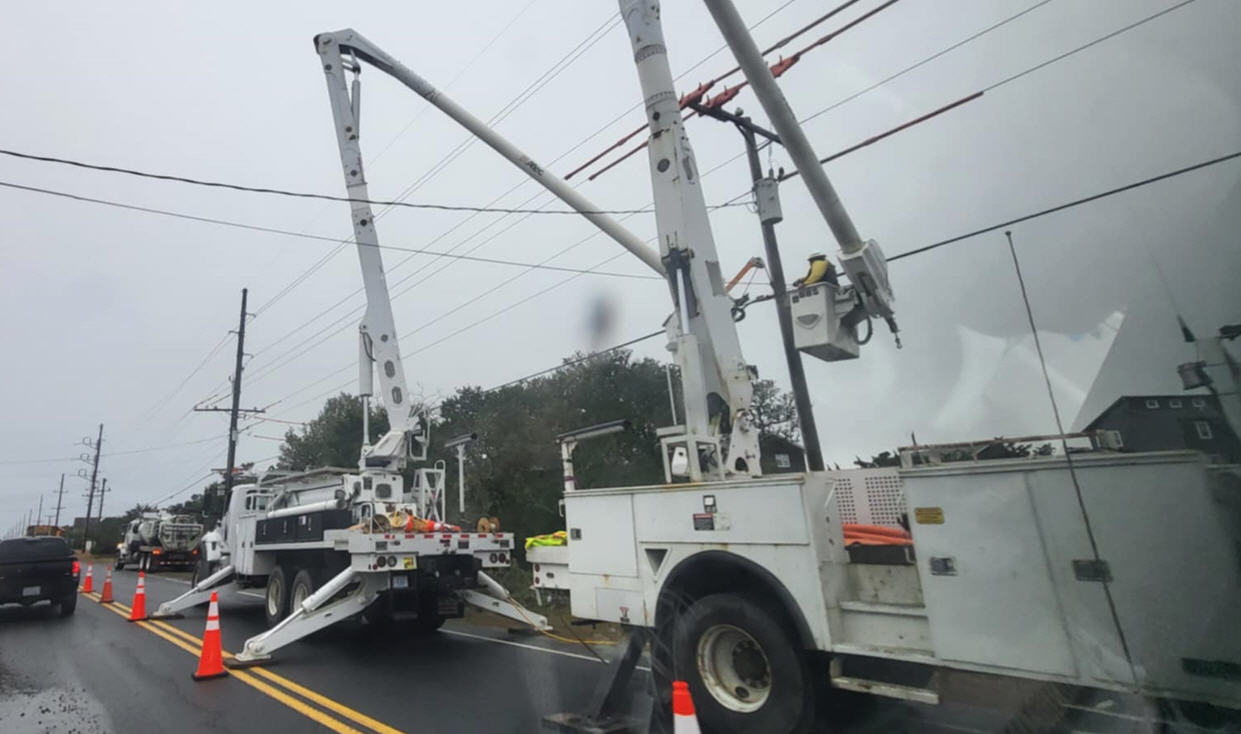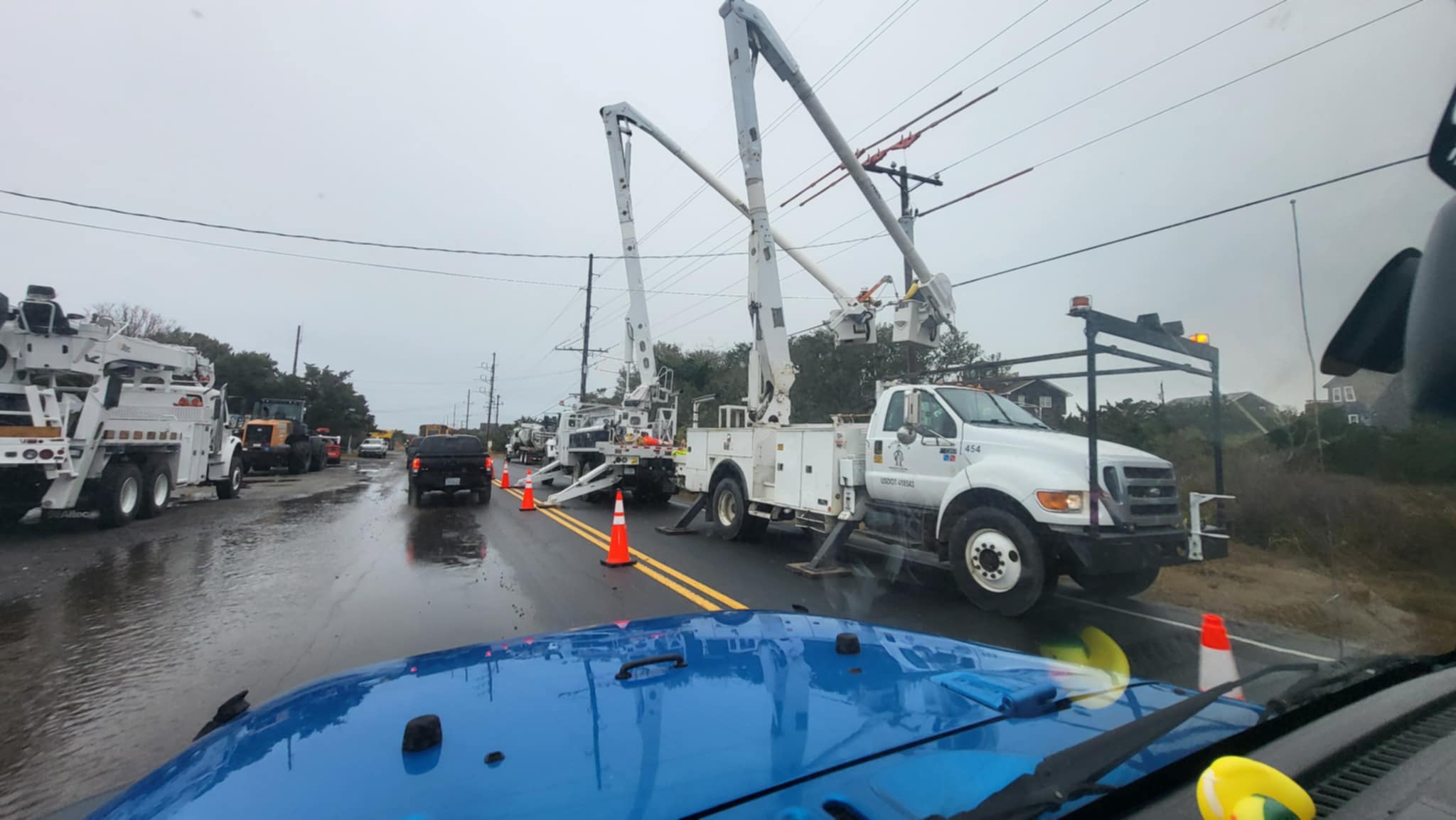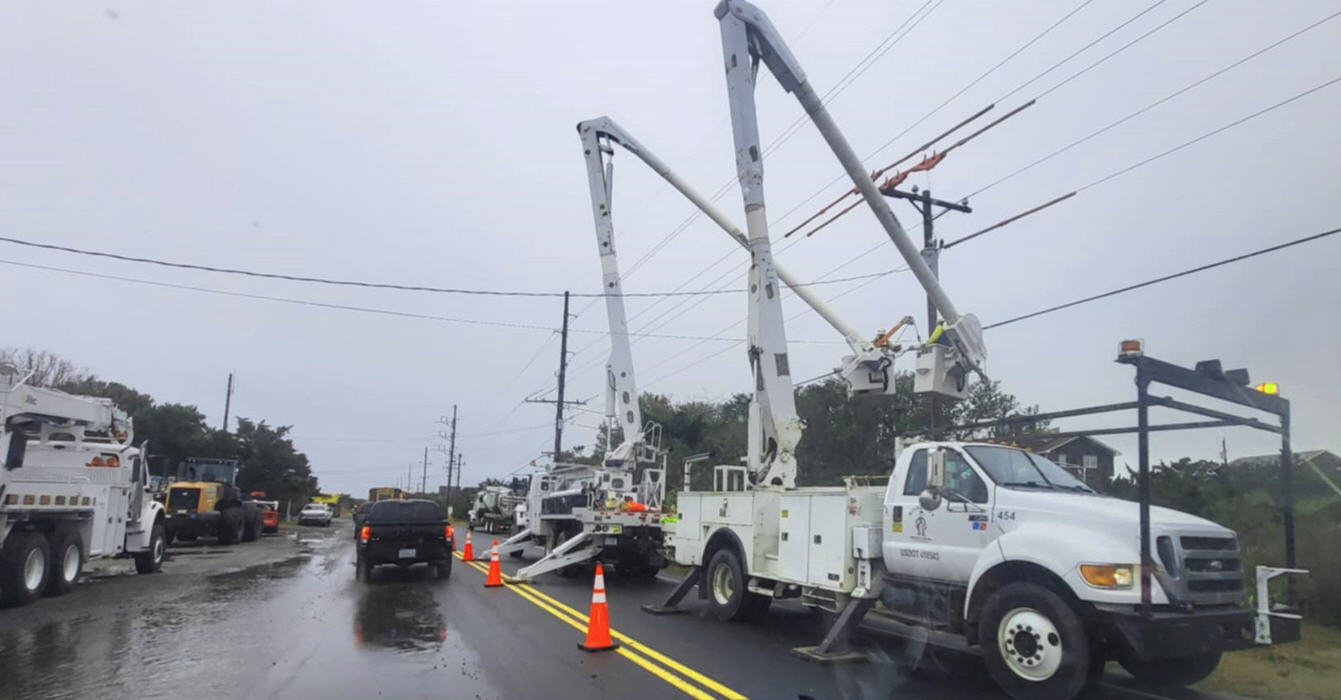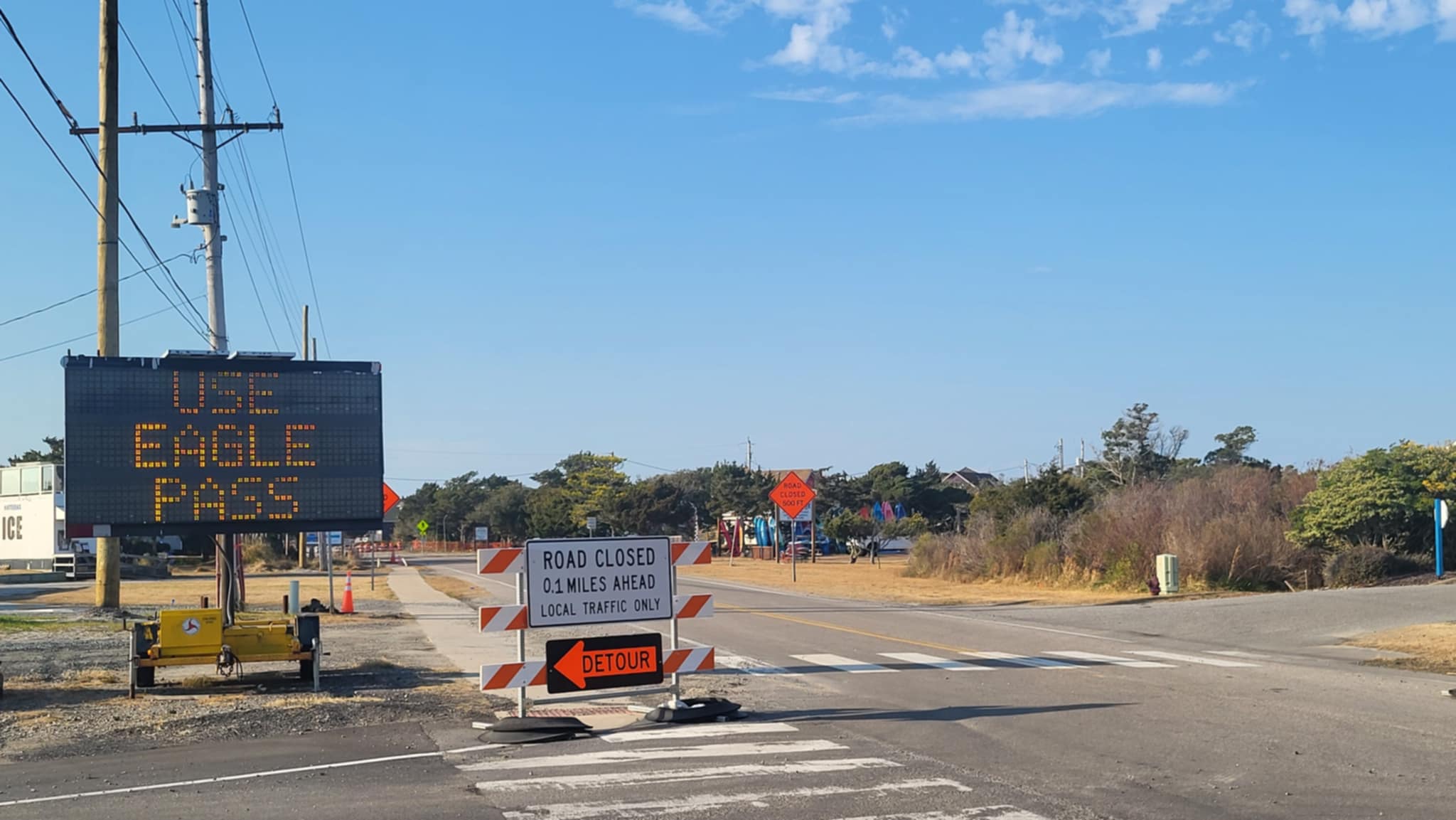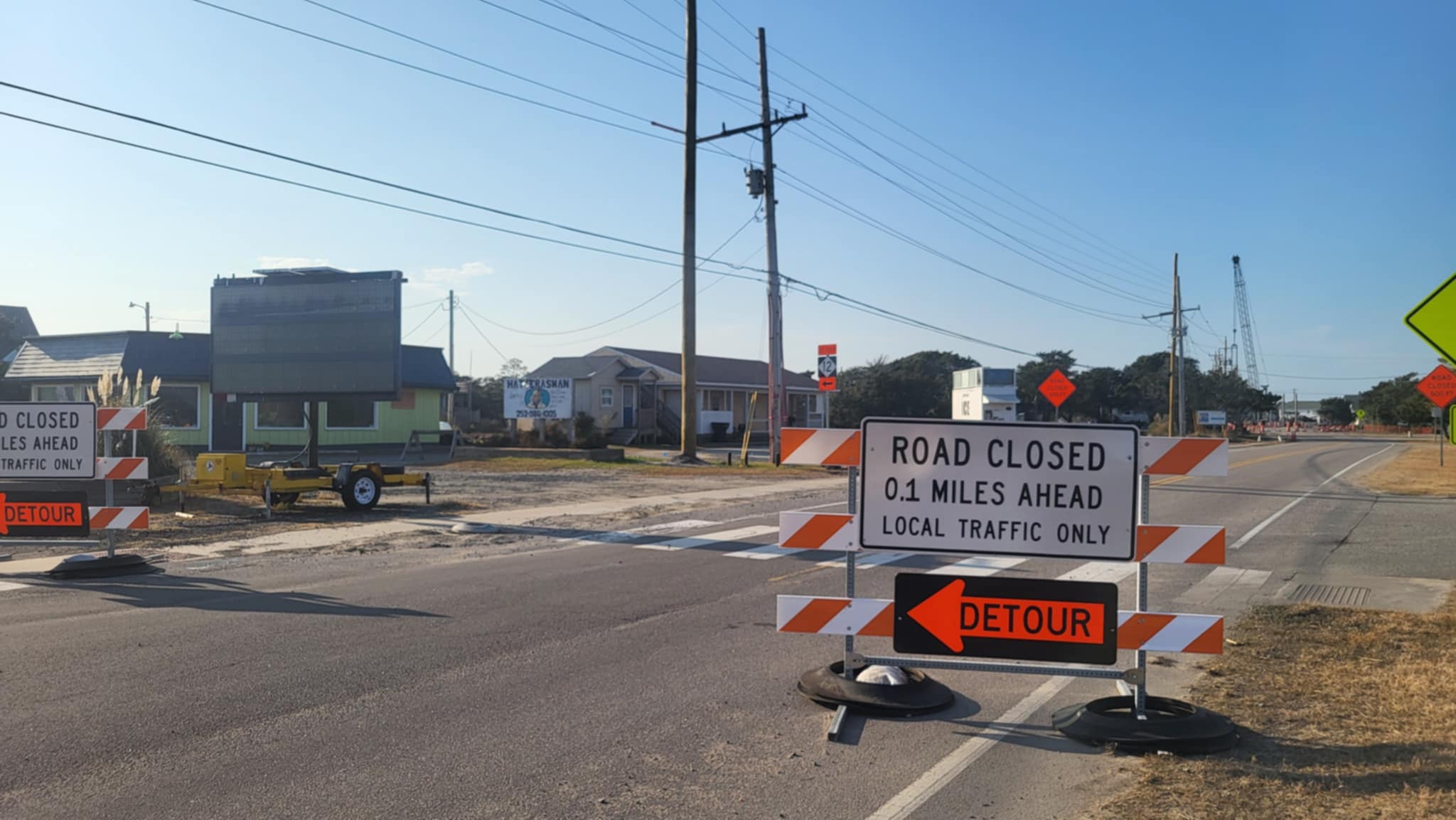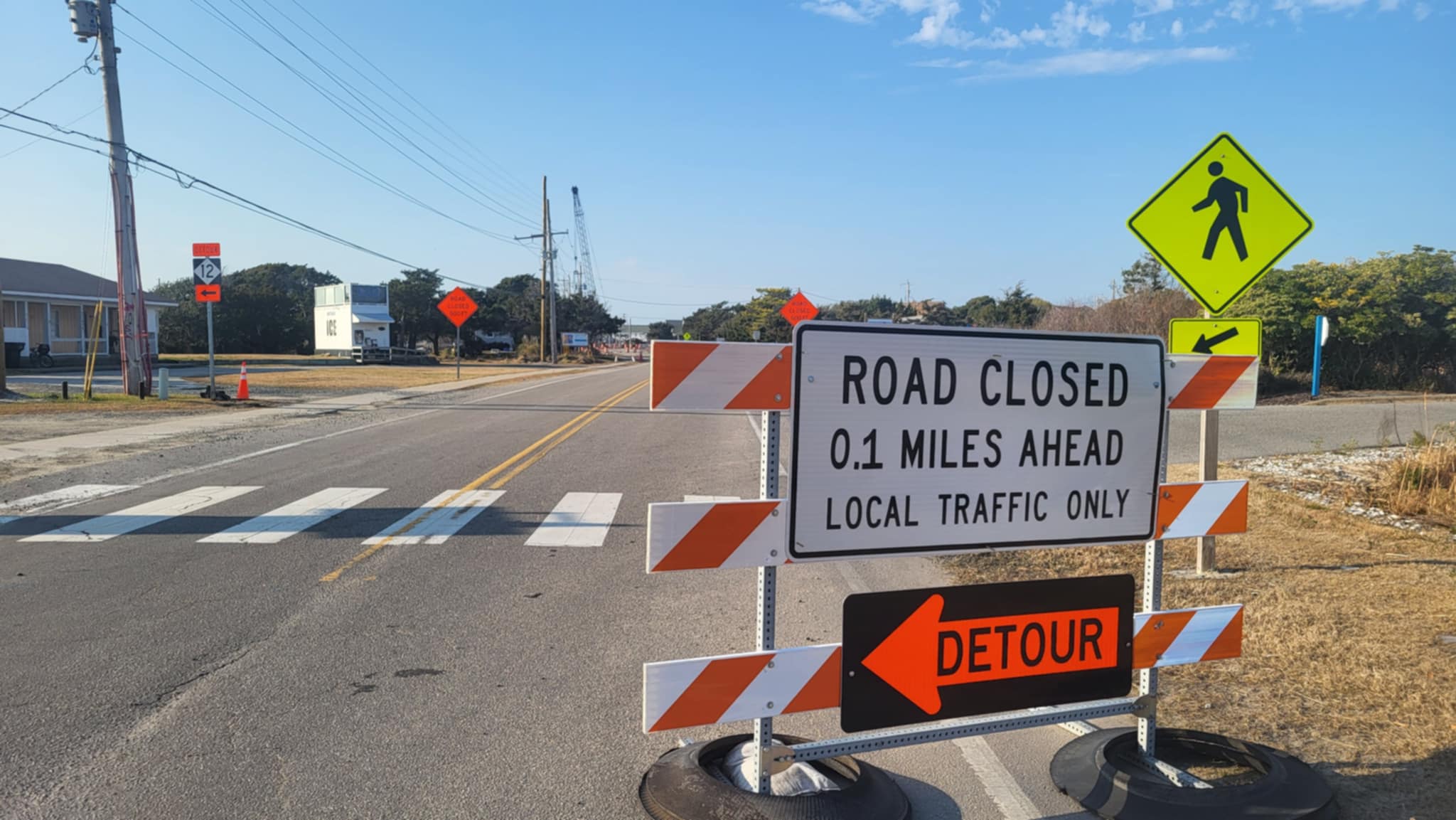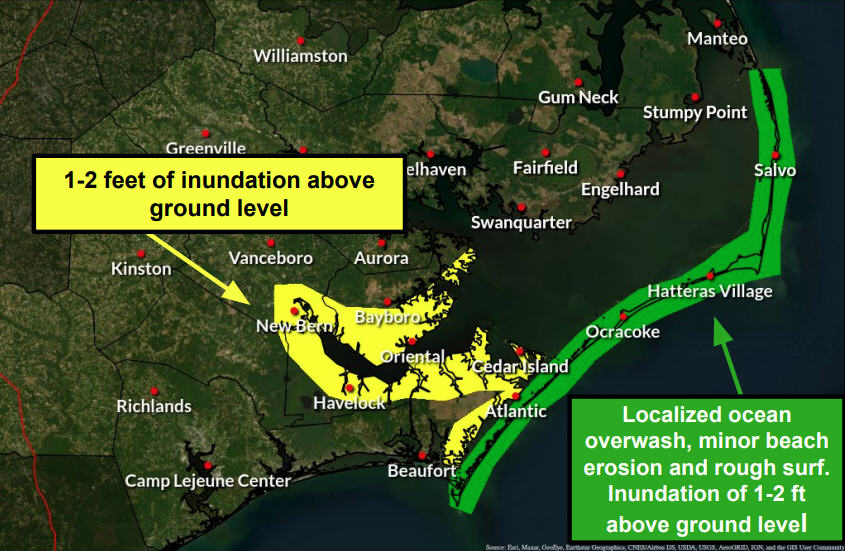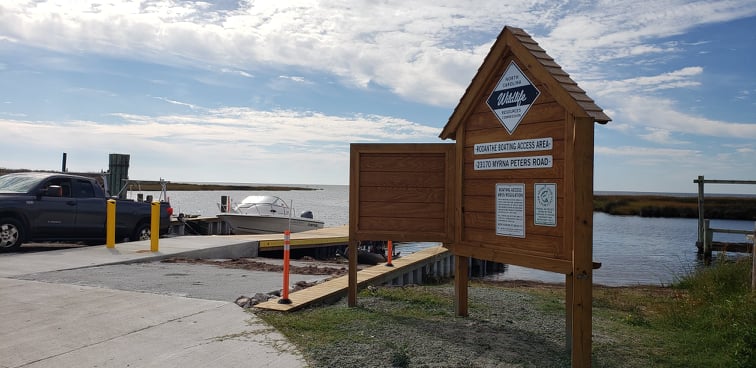Rough shorebreak and rip currentsforecast as Cristobal passes offshore

Beachgoers on all of the Outer Banks this week are being warned to expect rough breaking waves and rip currents as Tropical Storm Cristobal passes well offshore Tuesday night into Wednesday.
The rip current risk is high on Hatteras and Ocracoke beaches today, and that is expected to continue into mid-week, said Laura Patano, forecaster with the National Weather Service in Newport, N.C.
Today’s elevated risk is being caused by gusty northeast winds. The winds, Patano said, will be diminishing gradually into Wednesday
However, beginning late tomorrow, the area will start being affected by swells from Tropical Storm Cristobal, which was still lingering around the Bahamas this afternoon with winds of 60 mph.
The storm is expected to pick up speed on Tuesday as it heads north and then turns northeast, and it may become a minimal hurricane.
In addition to the rip currents, swimmers can expect very rough surf and big breaking waves. The high waves can pick up swimmers and slam them head first into the sand, causing neck or back injuries.
Patano said breaking waves along the Outer Banks are predicted to be 3 to 4 feet Tuesday and 5 to 6 feet on Wednesday.
The rough surf, she said, could linger several days after Cristobal’s offshore passage.
There is also a small craft advisory in effect that is expected to last into Thursday. Seas could be 6 to 9 feet as Cristobal nears. The Diamond Shoals buoy this morning measured a wave height of 11 feet.
Rip currents are powerful, channeled currents of water flowing away from shore. They typically extend from the shoreline, through the surf zone, and past the line of breaking waves. Rip currents can occur at any beach with breaking waves.
Rip currents are the number-one public safety risk on beaches in the United States, according to the National Weather Service.
These powerful seaward channels accounted for at least seven deaths in North Carolina last year and on average, 100 drownings annually nationwide.
Swimmers are advised to use extreme caution and to never try to swim directly back into shore against a rip current. As illustrated in the graphic on this page, people should swim parallel to shore and then, when past the pull of the rip current, head back into the beach.
Never go into the water to assist another swimmer without a floatation device of some sort, such as a raft or boogie board. Swim when possible at a lifeguarded beach. The National Park Service maintains a lifeguarded beach at Buxton on Hatteras Island, and there is also a lifeguarded Beach on Ocracoke.










